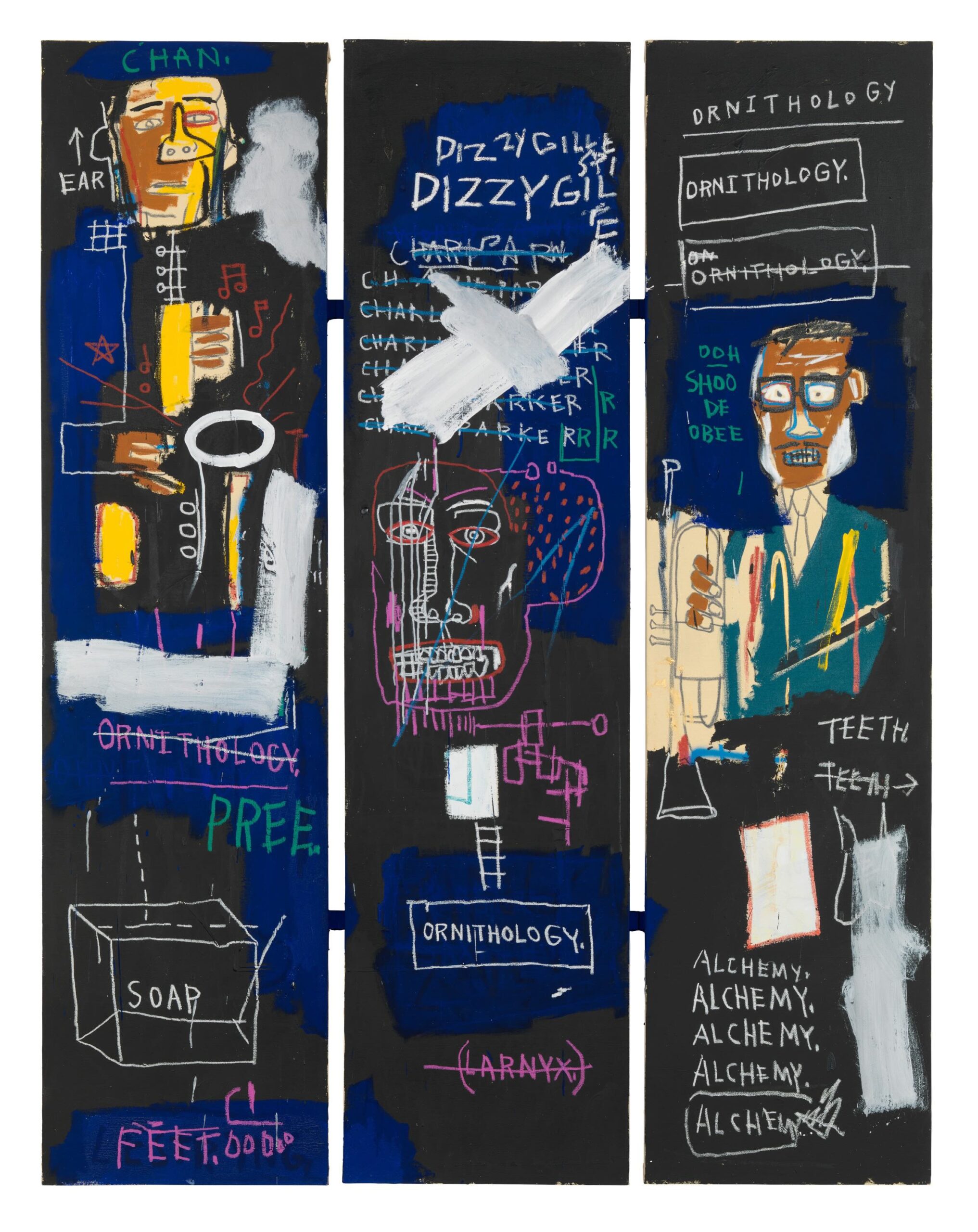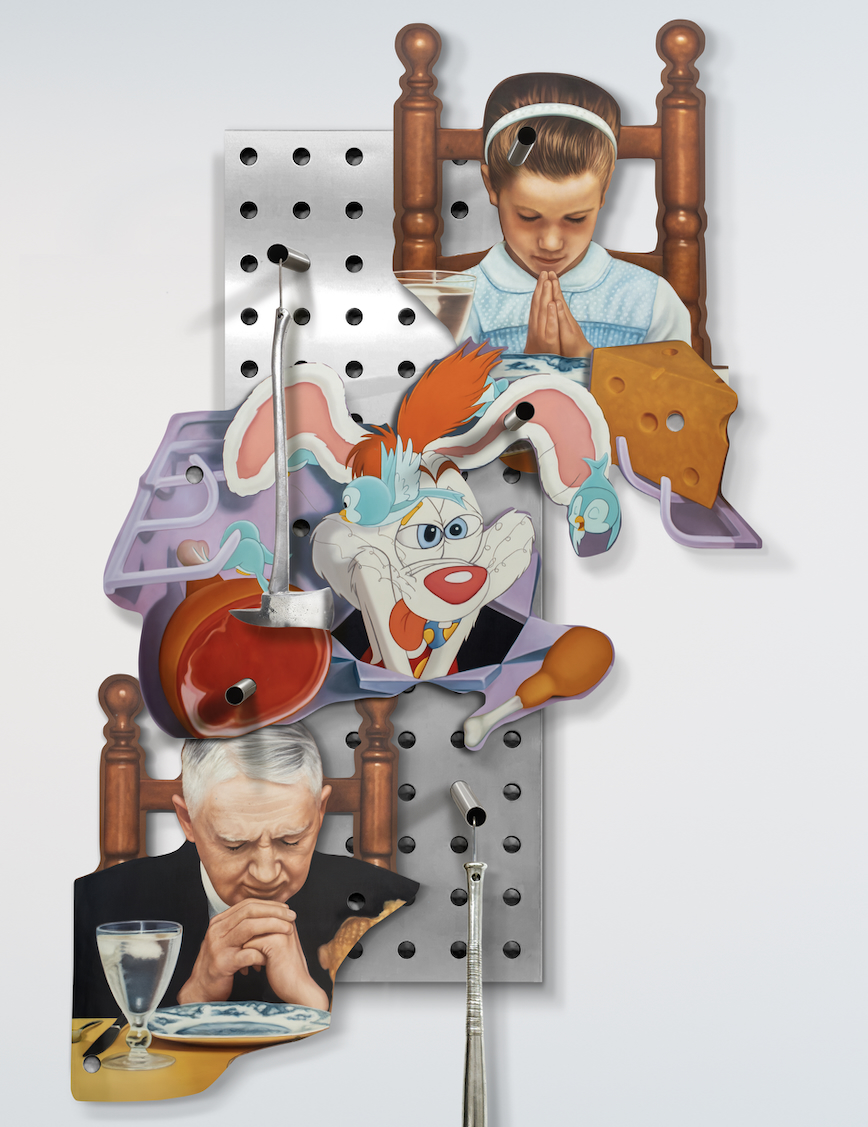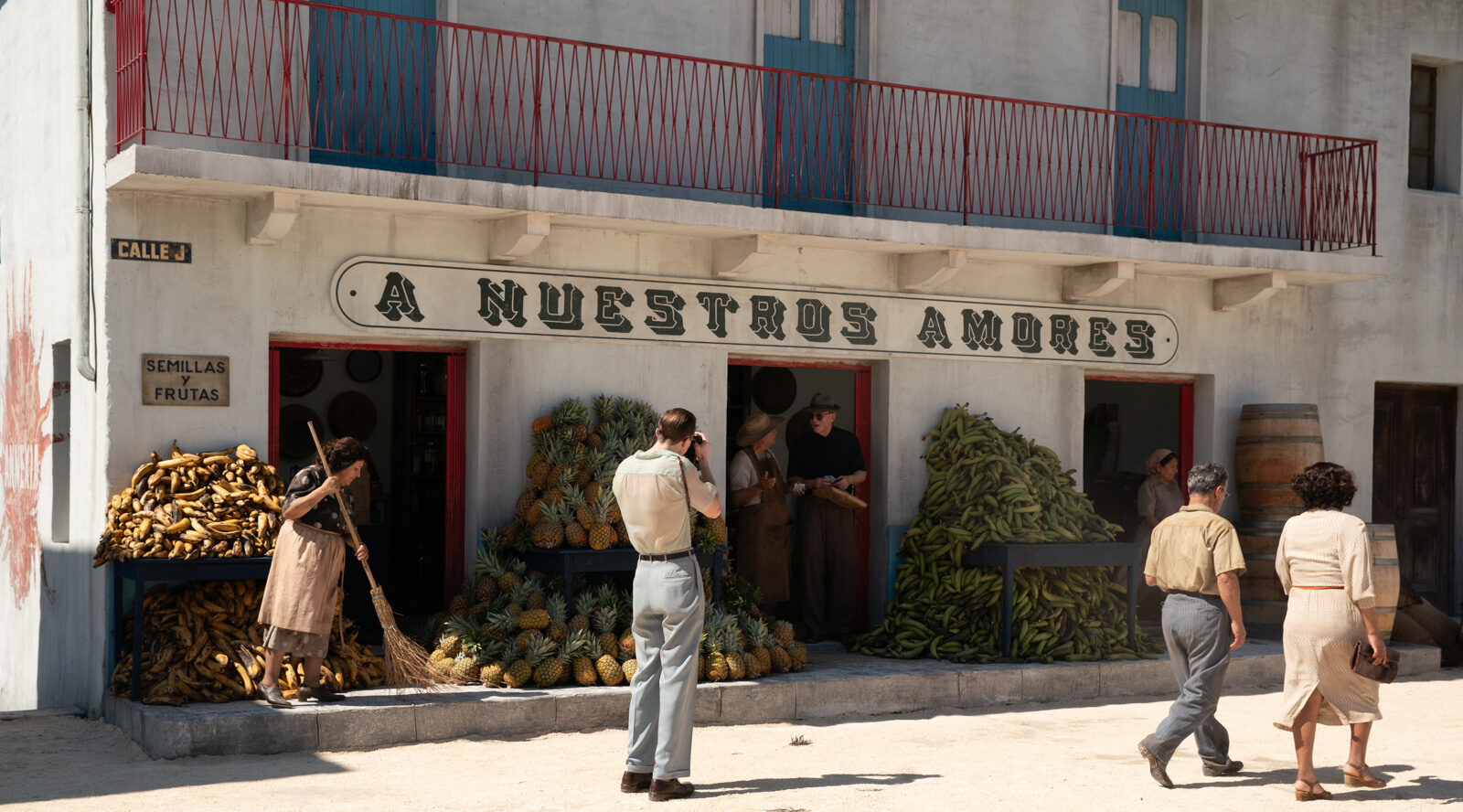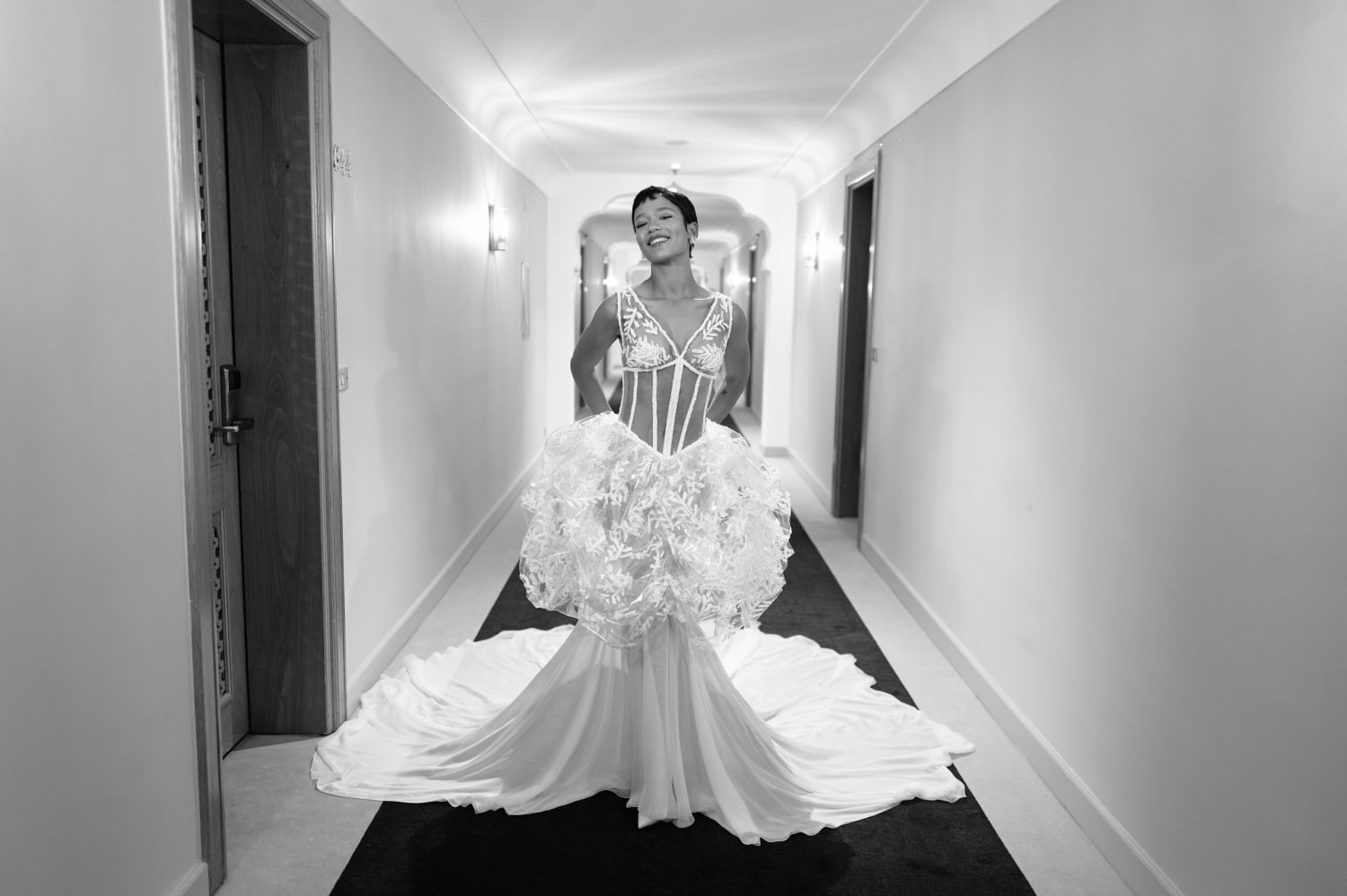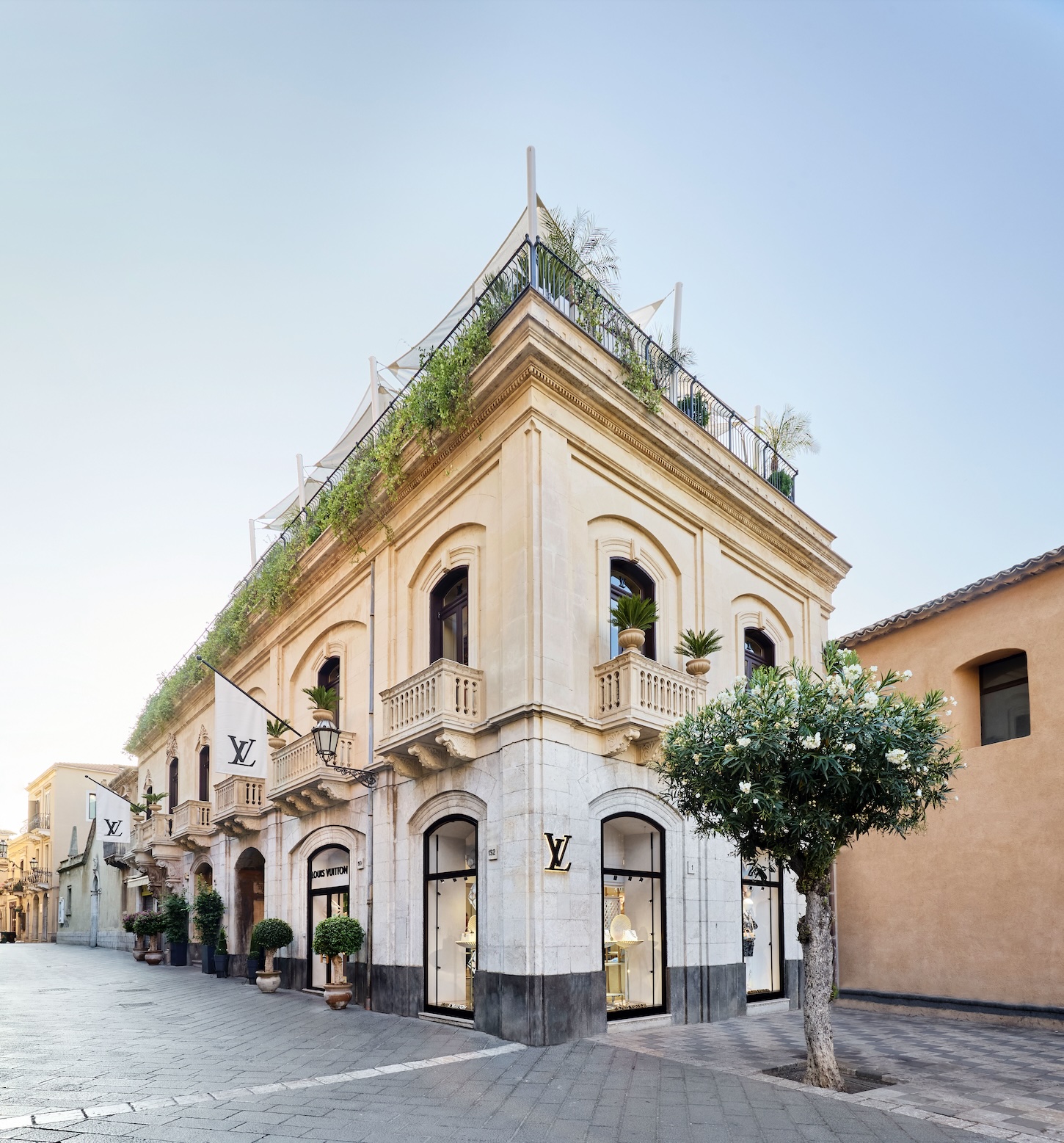Jean-Michel Basquiat: Made on Market Street
Curated by Fred Hoffman with Larry Gagosian
March 7–June 1, 2024
Gagosian, Beverly Hills
After meeting Basquiat for the first time in 1981, Larry Gagosian invited him to Los Angeles. The exhibition at the Larry Gagosian Gallery in LA – the first time his work was presented on the West Coast – opened in April 1982, immediately following his first solo show in New York at Annina Nosei’s gallery. The Los Angeles exhibition was seen as the arrival of a significant voice both by the public and collectors. In November 1982, Basquiat returned to California, living and working at Gagosian’s residence on Market Street, a three-story structure with an open courtyard bathed in light and air from the nearby beach. Between November 1982 and May 1984, Basquiat produced approximately one hundred paintings, numerous works on paper, and six screenprint editions in Venice: despite being an artist closely associated with the New York art scene of the 1980s, Basquiat was undeniably extraordinarily prolific in Los Angeles. The exhibition titled Made on Market Street hosted by Gagosian reflects on this significant era of the artist’s life, bringing together about thirty works – many of which are among his most important paintings.
“Los Angeles has always been a great city for artists and Jean-Michel seemed to find it a refreshing change from New York. While the immensity of his talent was immediately apparent, it was nonetheless a highlight of my own career to work with him, to introduce him to Los Angeles, and to witness the amazing impact that his art and legacy have made on our culture.”
Jean-Michel Basquiat was born in New York in the Sixties to Haitian and Puerto Rican parents. His mother suffered from depression, while his father was violent, which led to a difficult and complex childhood that would influence his art. Basquiat first gained public recognition through his collaboration with his friend Al Diaz and the creation of some graffiti pieces titled SAMO (Same Old Shit). He began to frequent the underground scene of New York parties and the punk scene at the Mudd Club in TriBeCa, where he started DJing. A great lover of jazz and poetry, Basquiat was involved in the cultural renaissance of New York; he increasingly incorporated his love for poetry into his artwork, overlaying texts onto images. In the Eighties, Basquiat began painting and drawing on the advice of Diego Cortez, whom he met during an evening at the Mudd.
Also in the early Eighties, Basquiat met Fred Hoffman – who at the time directed New City Editions – and together they created six limited edition prints, including Tuxedo (1982) and Untitled (1983), large canvas silkscreens. Characterized by white text, sketches, and directional arrows on a black background, Tuxedo contrasts with Basquiat’s intensely colored paintings of the time due to the dense collection of allusive phrases that ascend from the bottom to the crown at the top. For Basquiat, working in Venice Beach meant having a refuge from the distractions and pressures of the New York art scene. Many of the paintings he produced in Venice were exhibited at the subsequent Los Angeles show, which opened on March 8, 1983, at the Larry Gagosian Gallery, and in which he presented about thirty paintings, including Hollywood Africans, Horn Players, Museum Security (Hollywood Meltdown), Luna Park, Untitled, and Year of the Boar (all from 1983). Made on Market Street will feature many of these crucial works together for the first time: one of the highlights of the show is Hollywood Africans, a work that depicts Basquiat alongside fellow artists Toxic and Rammellzee as new celebrities of the African cultural scene in a palette that evokes the iconic light of Southern California. A fusion of drawing, painting, and text across three panels, Horn Players pays homage to jazz greats Charlie Parker and Dizzy Gillespie: the piece conveys the vitality of bebop in a visual style influenced by graffiti and hip-hop; the same year it was painted, Basquiat produced the piece titled Beat Bop for his own record label, Tartown, featuring Rammellzee and K-Rob.
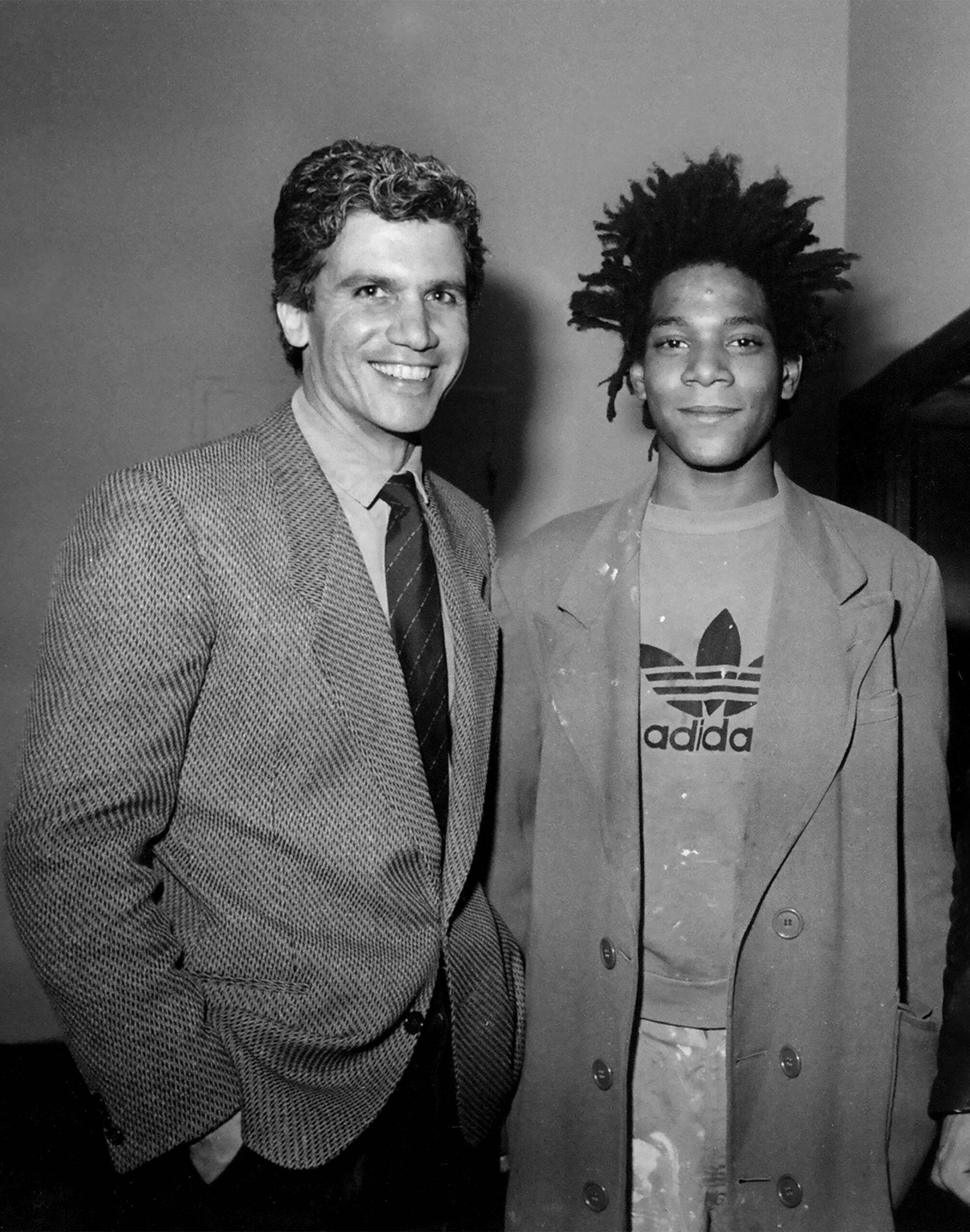
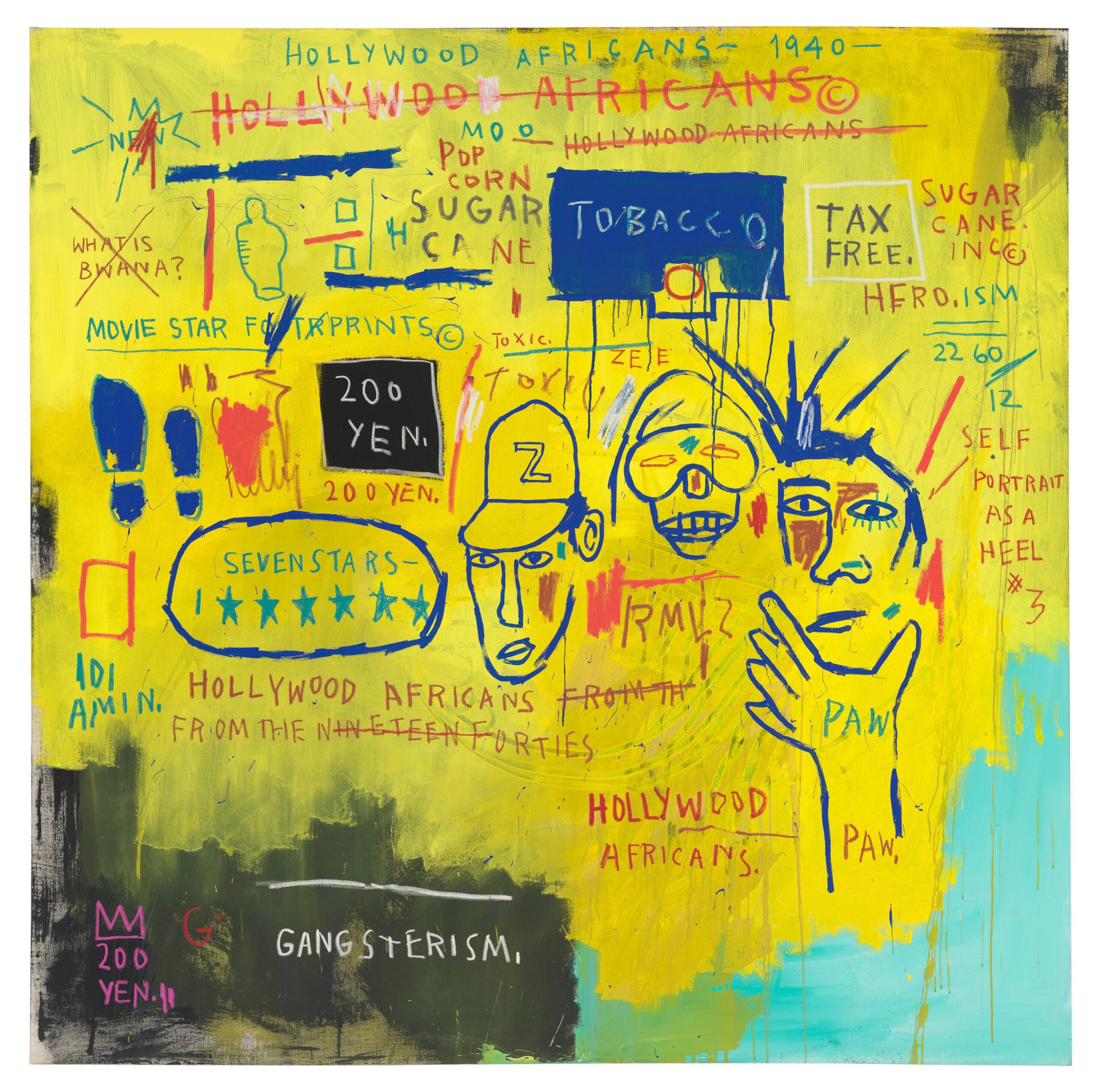
In the summer of 1983, Basquiat was once again drawn to Los Angeles. He returned to Market Street, this time establishing his studio a few doors down and remaining there until the end of spring 1984. One evening, during a break from work, he entered the courtyard of his studio and was surprised by the presence of a homeless person who had entered the house after scaling the fence. Basquiat decided to remove it altogether. Removing the wooden fence meant no longer having a enclosed patio: he integrated the wooden planks as supports for some of his most iconic paintings, Flexible, Gold Griot, and M. With Flexible, Basquiat finally managed to shed light on and expand the issue of representing his own ethnicity: the vaguely defined and blurred image depicts a shattered and torn human being. It represents a Griot – a narrator, musician, and disseminator of oral history in West African culture – and it is likely that this artwork was, in part, an exploration of his own personality, considering Jean-Michel’s artistic curiosity about social classes and racial issues. The figure portrayed by Basquiat becomes a tribal sovereign in a moment of self-coronation, with hands outstretched and intertwined on the shoulders, conveying faith and strength, in the quality of his heroism. The essence of the support for the painting and the way this material originated takes us back to the artist’s roots in the streets of Manhattan. Flexible, Gold Griot, and M (all from 1984) will be exhibited for the first time as an organic group of works in the exhibition Made on Market Street, along with a catalog reproducing the other exhibited works and various archival materials, including images of the installations from the 1982 and 1983 shows at the Larry Gagosian Gallery, historical ephemera and reviews of the exhibitions, as well as unpublished photographs of Basquiat in his studio.
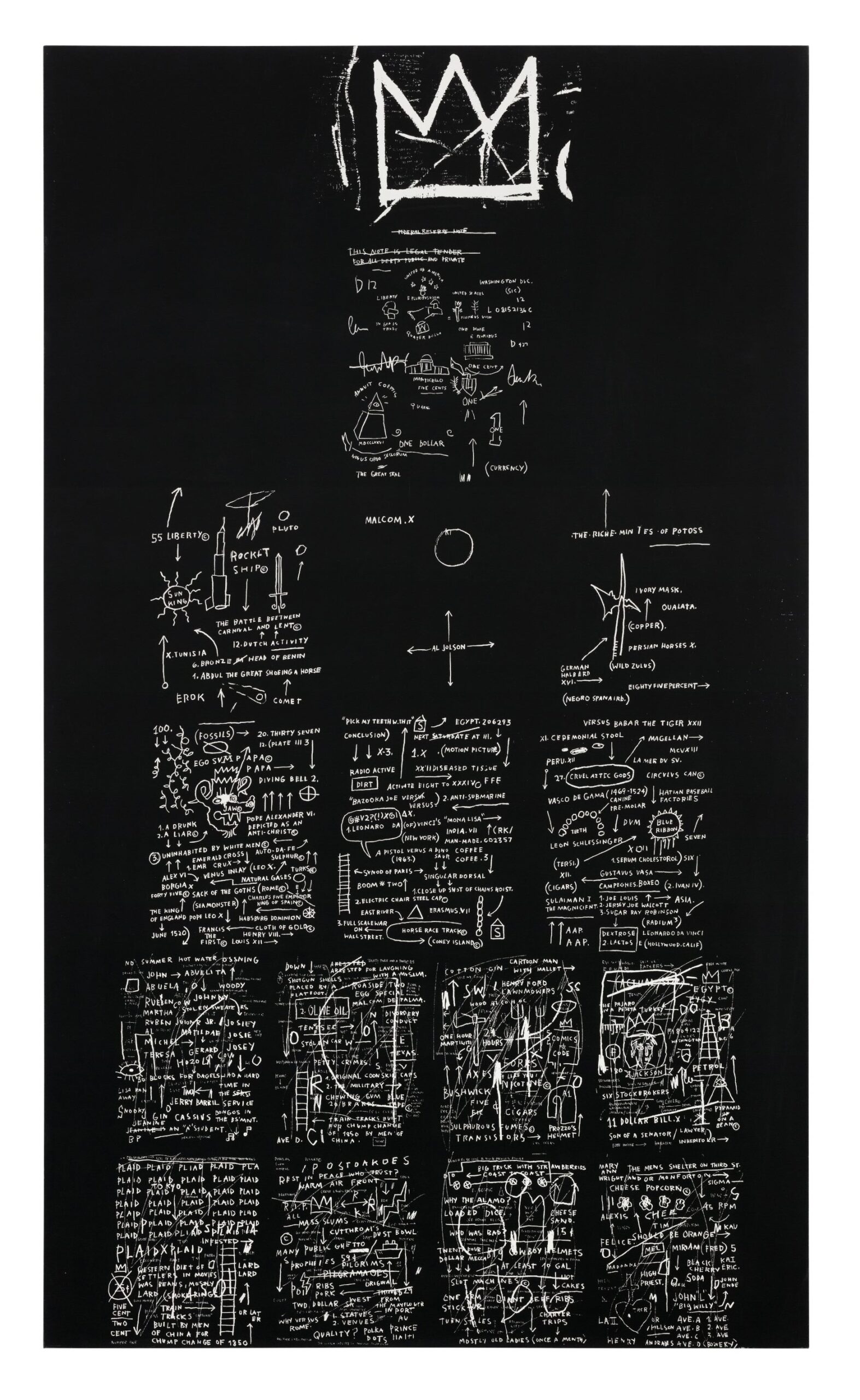
Jean-Michel’s Basquiat sisters, Lisane Basquiat and Jeanine Heriveaux, met with filmmaker Tamara Davis, art dealer Larry Gagosian, and author and curator Fred Hoffman to reflect on their experiences with the artist during the 1980s in Los Angeles. During the interview, Larry Gagosian affirmed that “he had more raw talent than any artist I’ve ever encountered. He was just natural. […] He was something of a miracle, in a certain way”.
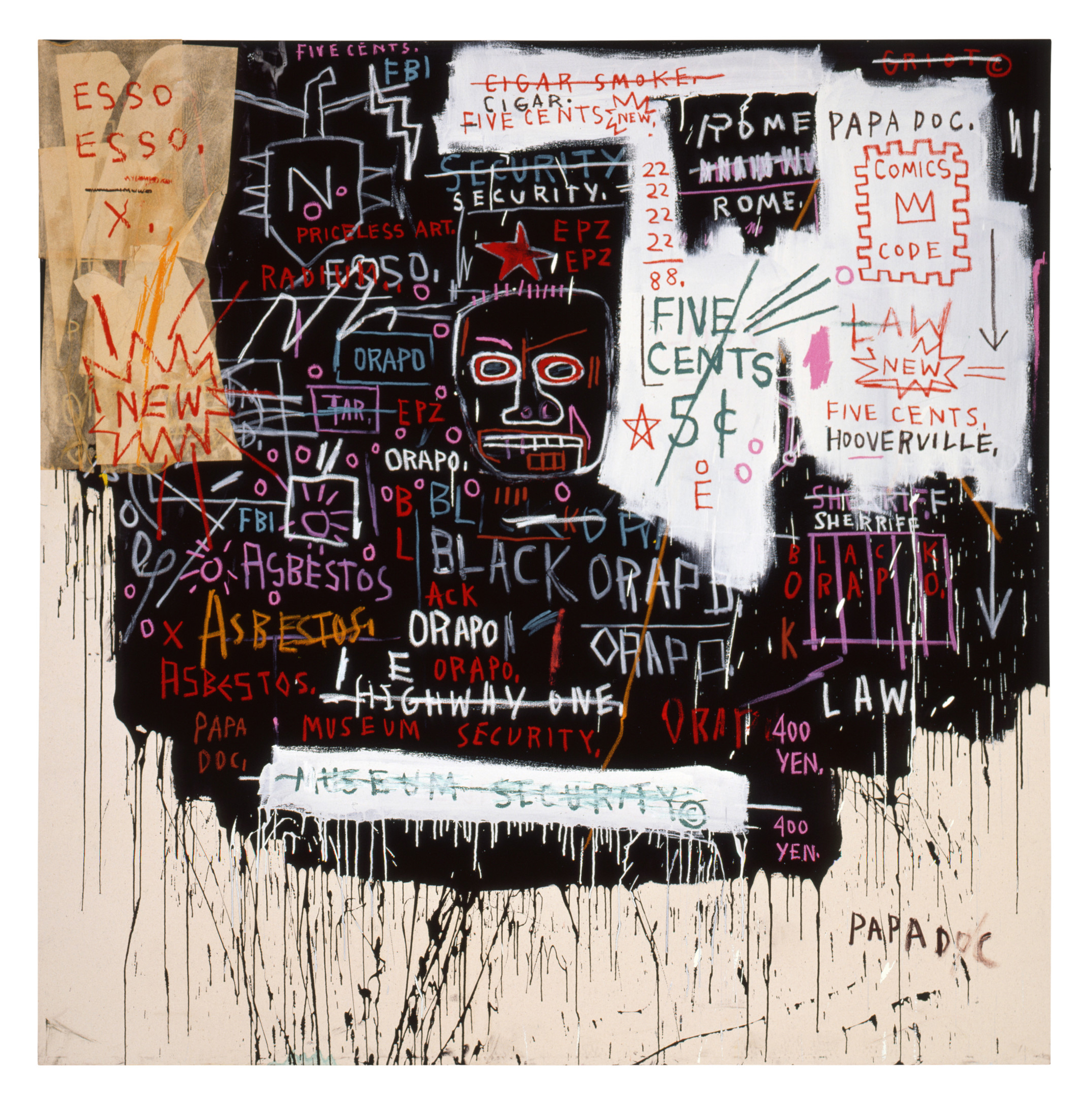
For further information gagosian.com.
